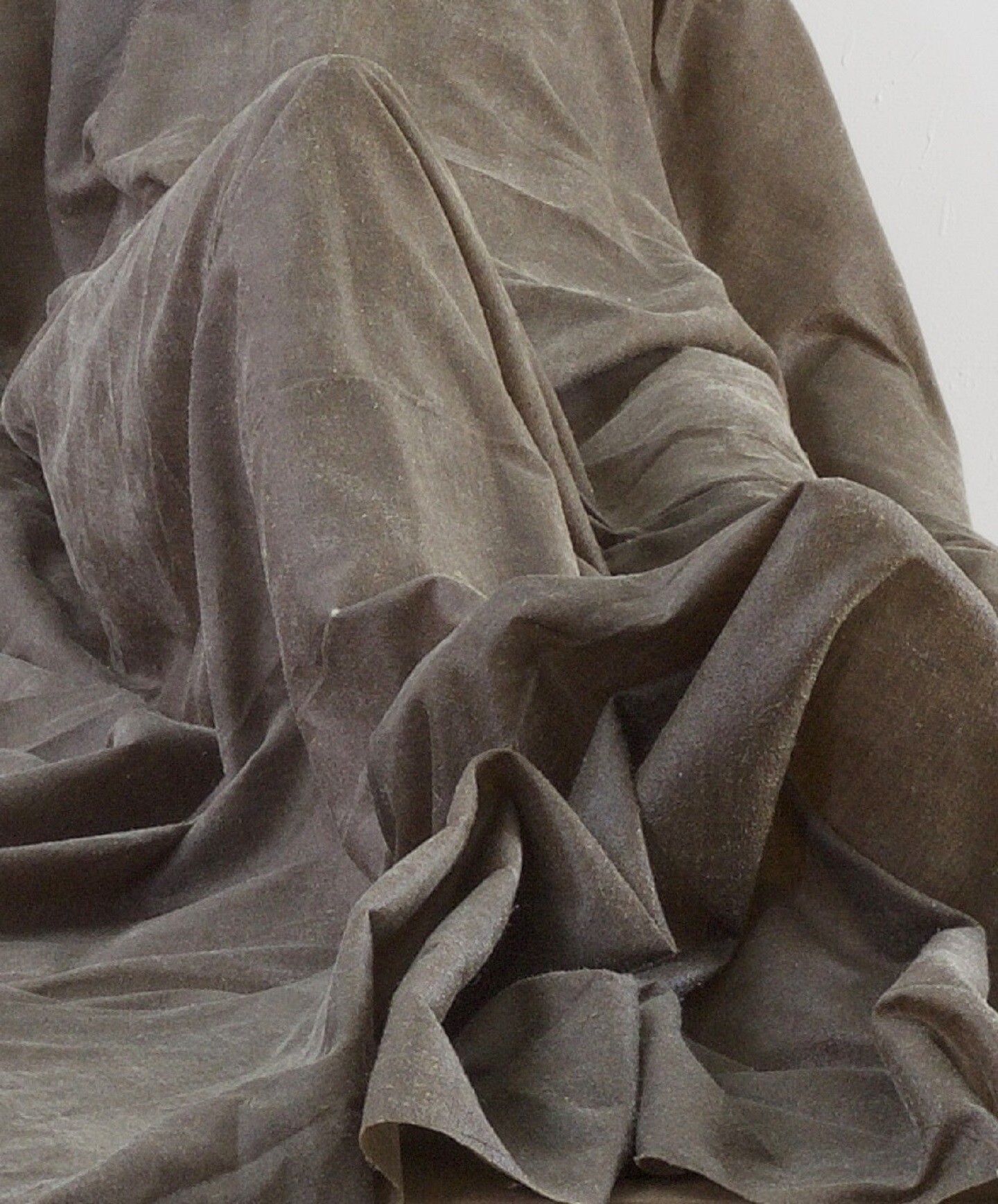Monumentum 2015-2018
October 15, 2019–January 12, 2020
Viale delle Belle Arti, 131
00197 Rome
Italy
T +39 06 3229 8221
gan-amc.uffstampa@beniculturali.it
Almost 40 years ago, in 1980, Ida Panicelli curated Robert Morris’ first one man show in Italy, dedicated to his minimal sculpture. Now, the Galleria Nazionale d’Arte Moderna e Contemporanea once again celebrates the artist who played a fundamental role in the history of contemporary art, a master of American Minimalism, of which he was one of the founders, and of Process and Land Art, to mention some of the great movements that his incredibly prolific and multi-directional research moved through in the course of almost 60 years.
Robert Morris. Monumentum 2015–2018, curated by Saretto Cincinelli, is the first exhibition dedicated to the artist since his death in November 2018. It presents works produced by Morris in the final years of his life, never before shown in Europe. These sculptures are part of two series depicting human figures: MOLTINGSEXOSKELETONSSHROUDS, made of Belgian linen soaked in resin, and BOUSTROPHEDONS, made in carbon fiber. The works were first exhibited in 2015 and 2017 at Castelli Gallery in New York. The unprecedented spatial relationship between the two series exhibited at the Galleria Nazionale was organized in collaboration with Morris prior to his death.
Morris’ recent sculptural groups reflect the artist’s growing interest in the human figure, and in the work of the great masters of the past. This marks a shift in his formal vocabulary, which seems to be definitively released from the sense of order and abstraction characteristic of much of the American avant-garde, to move towards more emphatically Baroque and allegorical elements. In addition to references to Donatello, in the this exhibition we also see clear reverberations of Rodin, the later drawings of Francisco Goya, and the weeping statues of the Gothic sculptor Claus Sluter.
Using materials associated with painting, such as Belgian linen and resin, to form the shrouds of sculptural figures, Morris creates remarkable tension: first between the apparent presence of the figures and their absence, between the idea of sculpture as a eminently spatial art and the groups of figures interacting with each other to reveal an almost pictorial approach, and finally, between the audience and their perception of each individual scenes.
The exhibition is organized in collaboration with the Castelli Gallery, New York.


